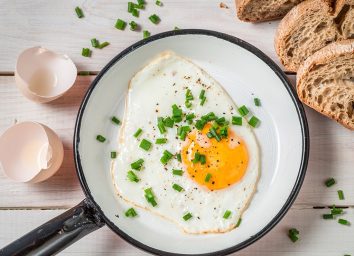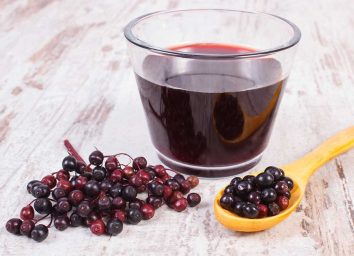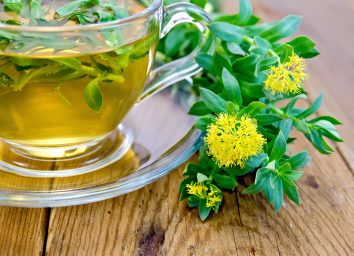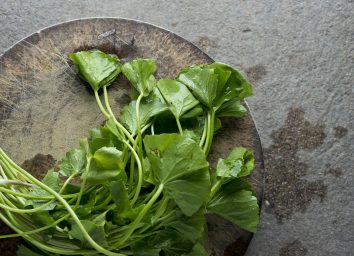Want to Start an Indoor Herb Garden? Try Growing These 13 Beginner-Friendly Herbs
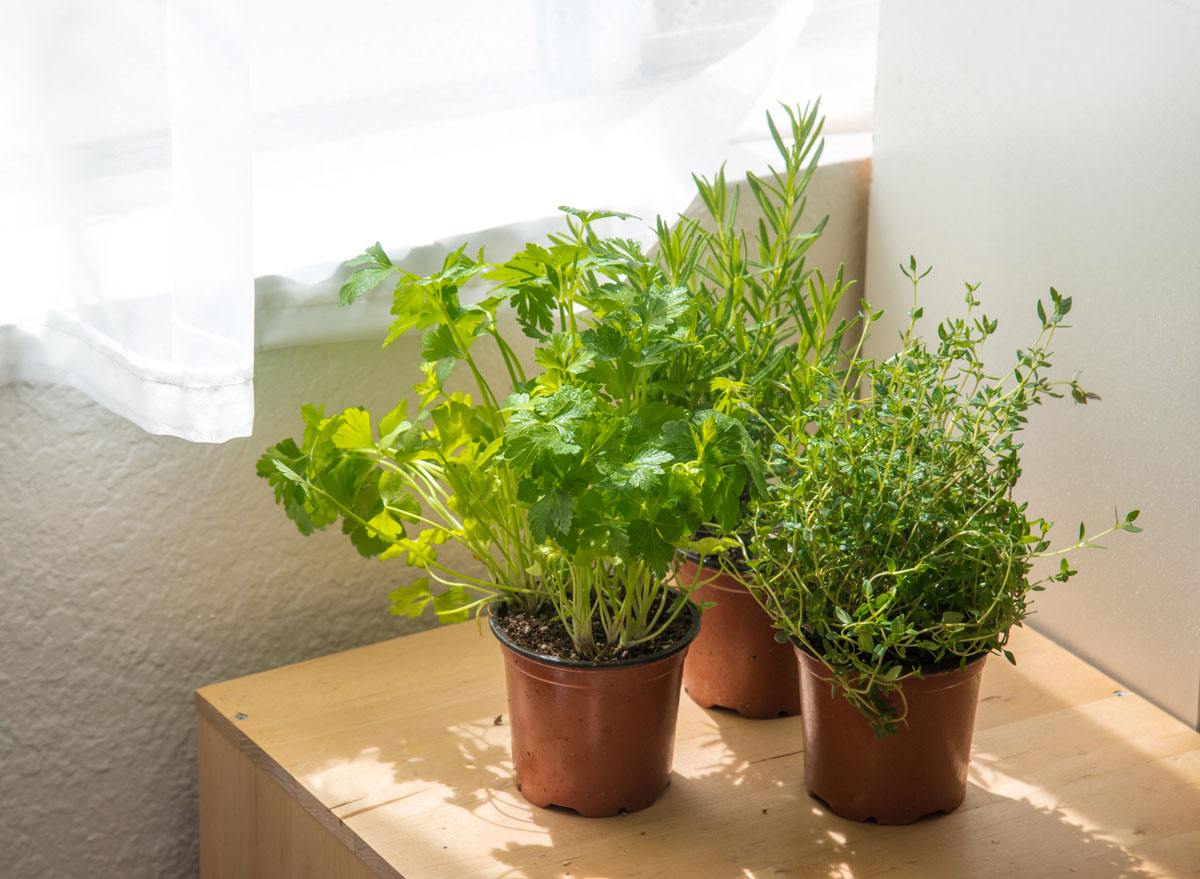
Looking for a way to take your healthy cooking to the next level? How about cooking with fresh herbs from an indoor herb garden? Growing herbs in your home or apartment is both aesthetically pleasing and a great way to incorporate fresh flavor in your cooking.
However, getting started on the gardening process can seem daunting if you’ve never tended to any plants before. But don’t worry; we are here to help!
We talked to Plant Mom from Bloomscape, an online garden center that delivers houseplants directly from the greenhouse to your home, to get her tips for making your foray into indoor gardening as seamless and easy as possible.
Getting started with your indoor garden:
With the help of Plant Mom, here are your first steps to get started with your indoor garden.
- Find an empty windowsill that gets ample sunlight. “Your herbs need as much sunlight as they can get! 6-8 hours of direct sun a day is optimal,” Plant Mom tells us.
- Buy and your herbs! Stop by your local gardening store to pick up pots, soil, a watering can, and a spray bottle. For a shortcut, you can also nab some potted herbs from Bloomscape’s Edible Garden Collection. They have herb collection trios (spicy herbs, savory herbs, or aromatic herbs) as well as herbs and greens by the pot. If you’re new to indoor gardening, it’ll be way easier to start with pre-potted plants.
- Make sure your pot gets good drainage. Each herb will require a slightly unique care guide, which we detail below. However, there are two important factors for ensuring that your garden flourishes: lots of sunlight—as mentioned earlier—and good drainage. This means the pot must have a way for the water to get out (i.e. a drainage hole on the bottom) because the herbs do not like to sit in the water. Once established, these herbs will require minimal watering and maintenance to flourish.
- Be sure to water appropriately and mist. Just because herbs need minimal water doesn’t mean you can neglect them. “Do not allow the soil to dry out completely,” says Plant Mom. “Water when the top 25% of soil is dry.” Additionally, herbs can get some water through their leaves rather than just the soil. “If kept indoors, mist a few times per week,” Plant Mom tells us.
- Finally, enjoy! Do your herbs look good to eat? Then go for it! Don’t be afraid—just make sure you’re cutting them properly. “Cut your herbs at any point to enjoy it. Simply cut off the top of the plant, and it will regrow new leaves from that point. Do not worry about harming the plant, as cutting it actually encourages new growth,” says Plant Mom.
For those looking to foray into indoor gardening, these 13 herbs are easy to grow and can be utilized regularly in your cooking. Once you’ve decided on the herbs that are right for your garden, follow our tips and get growing!
Mint
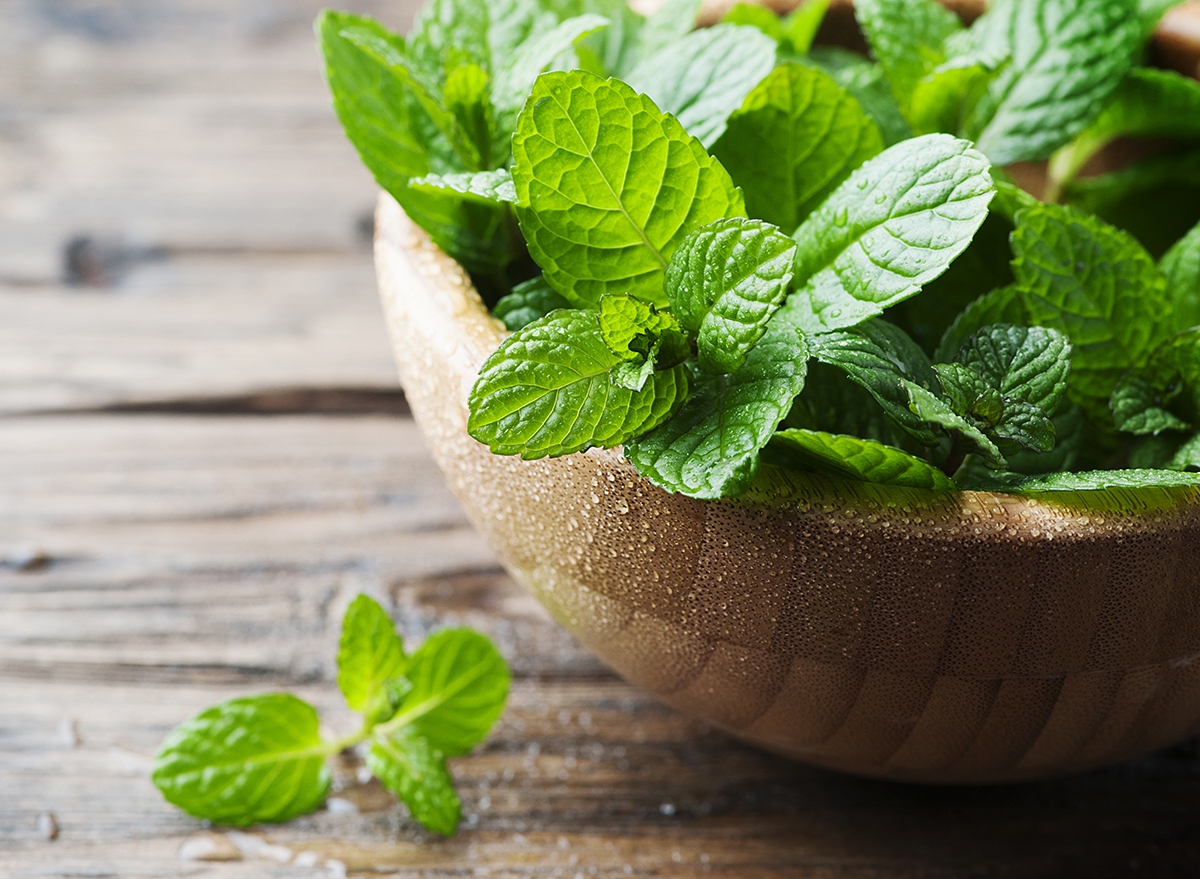
As an essential ingredient in tabouli, tzatziki, kebab, mojitos, and peppermint hot chocolate or tea, mint is a no-brainer for your garden. Mint grows and spreads rapidly, making it an ideal option for indoor growing. “Mint loves full sun but will grow in the partial shade, too,” Plant Mom tells us. If you choose to transfer your mint plant outdoors, be sure to keep it in a pot or enclosed space so it doesn’t overtake other plants or herbs. Whether you choose to grow spearmint or peppermint, this herb grows happily indoors and requires lots of watering (usually daily). There is one important thing Plant Mom says to keep in mind with mint: “Try not to let it flower – if you do see flowers, cut them off right away to keep your plant producing new leaves.”
Dill
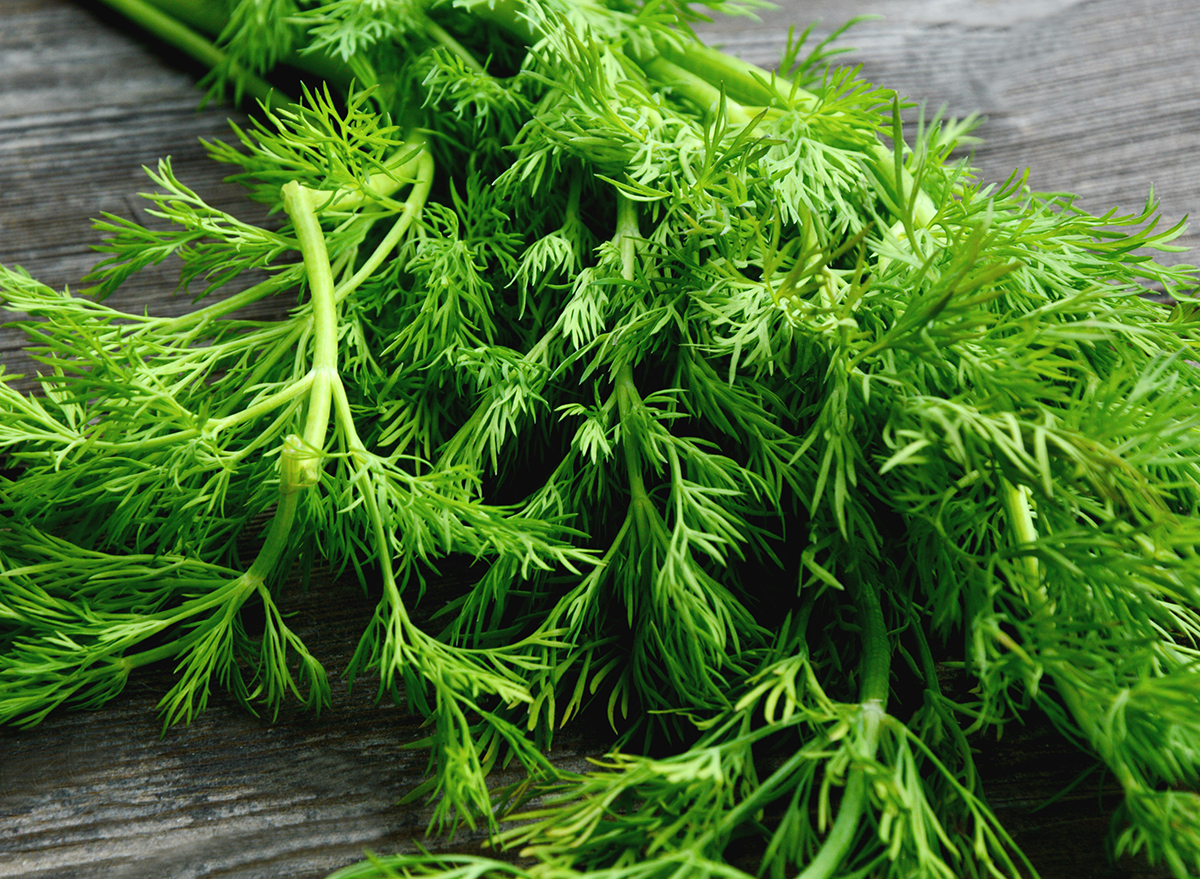
The dill plant’s small yellow blooms aren’t just easy on the eyes, their seeds can be used to create vinegar or pickled foods. While dill can be grown indoors at any time during the year, the best time to plant dill is between October and early spring. Use a six or eight-inch pot with drainage holes, placing seeds 1/4 to 1/2 inch deep in the soil.
Dill won’t need as much watering as some other plants, either. To know if it needs watering, check the soil. If it feels dry, give it water.
Basil
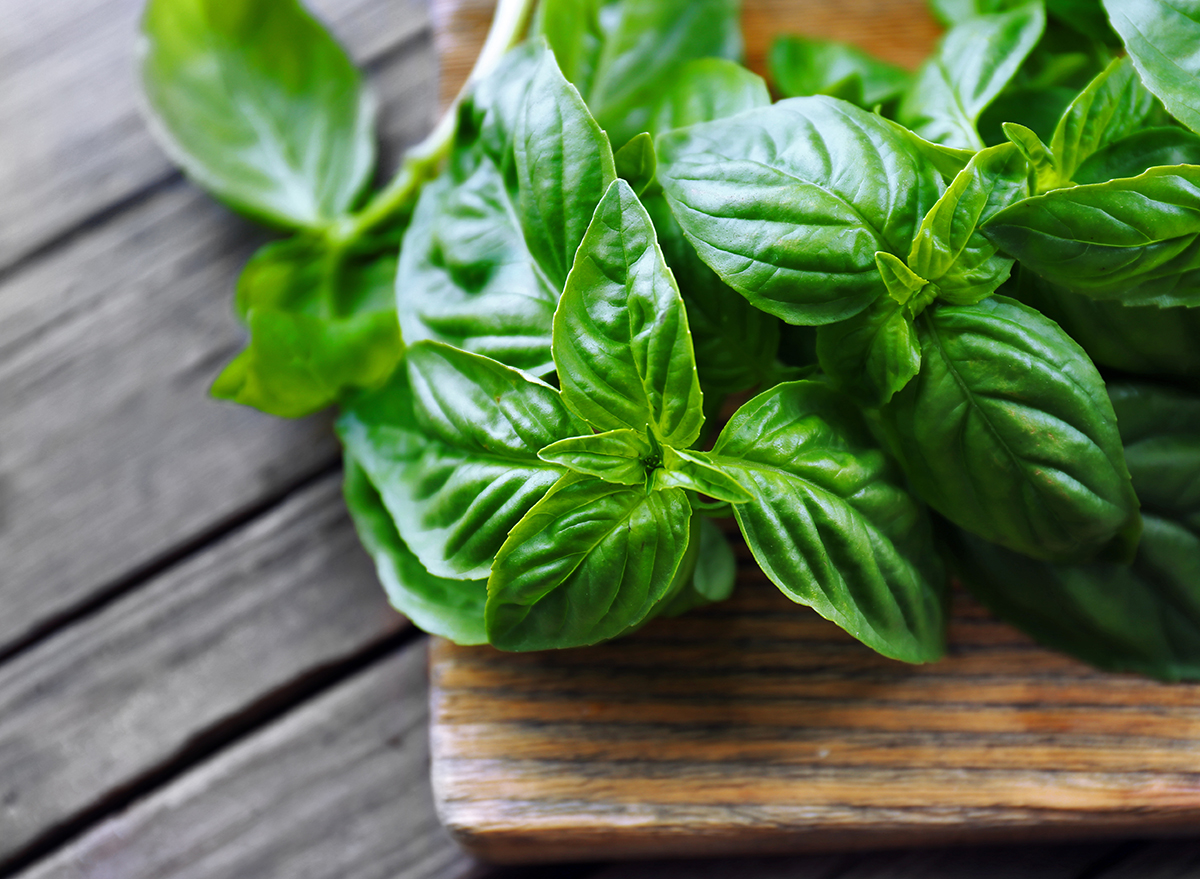
The easy-to-grow basil will add a delicious aroma to your herb garden and elevate your favorite sauces and salads. For potted basil plants, opt for smaller globe varieties to ensure room for growth. Proper drainage is essential for the success of your basil plant—if the plant becomes too moist, the roots will rot. Try watering it just once a week, and if the soil feels too dry, try it twice a week. Basil is sensitive to the cold, so make sure the temperature does not dip below 55 degrees. If you don’t have easy access to sunlight, basil may not be the right herb for you. “Your basil plant will grow best in full sun, but will also do just fine indoors on a sunny windowsill—just make sure it is receiving at least 6-8 hours of direct sun per day,” Plant Mom tells us. Don’t have easy access to sunlight? Use an artificial fluorescent for approximately ten hours a day.
Sage
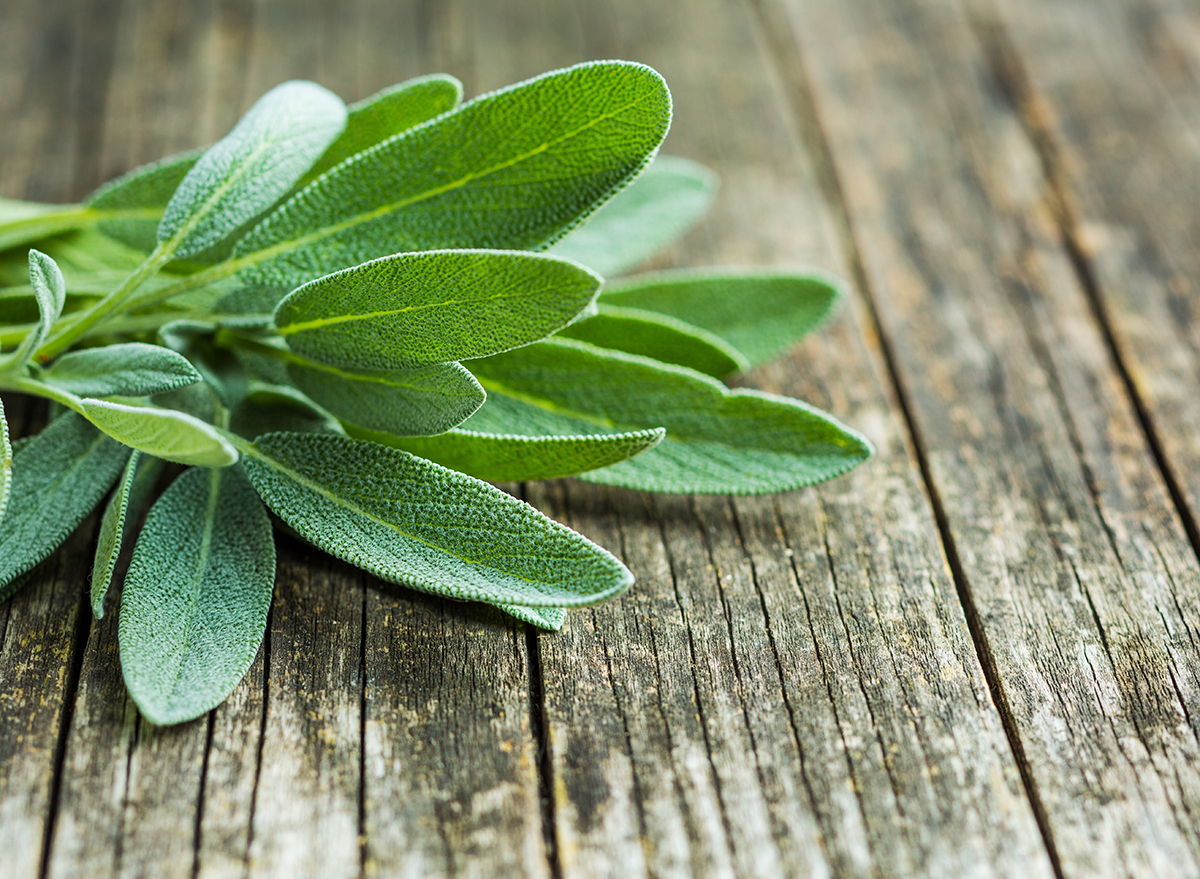
Traditionally used as a medicinal or culinary herb, sage’s oval-shaped foliage can spice up poultry dishes or stuffing. When growing sage, it is best to buy a starter plant or use clippings from an established plant. If you’re using clippings, simply snip the tip off an outdoor sage plant and place it in a pot with soil. A relatively drought-tolerant herb, wait until the soil is dry to give it a thorough watering.
Lemon Balm
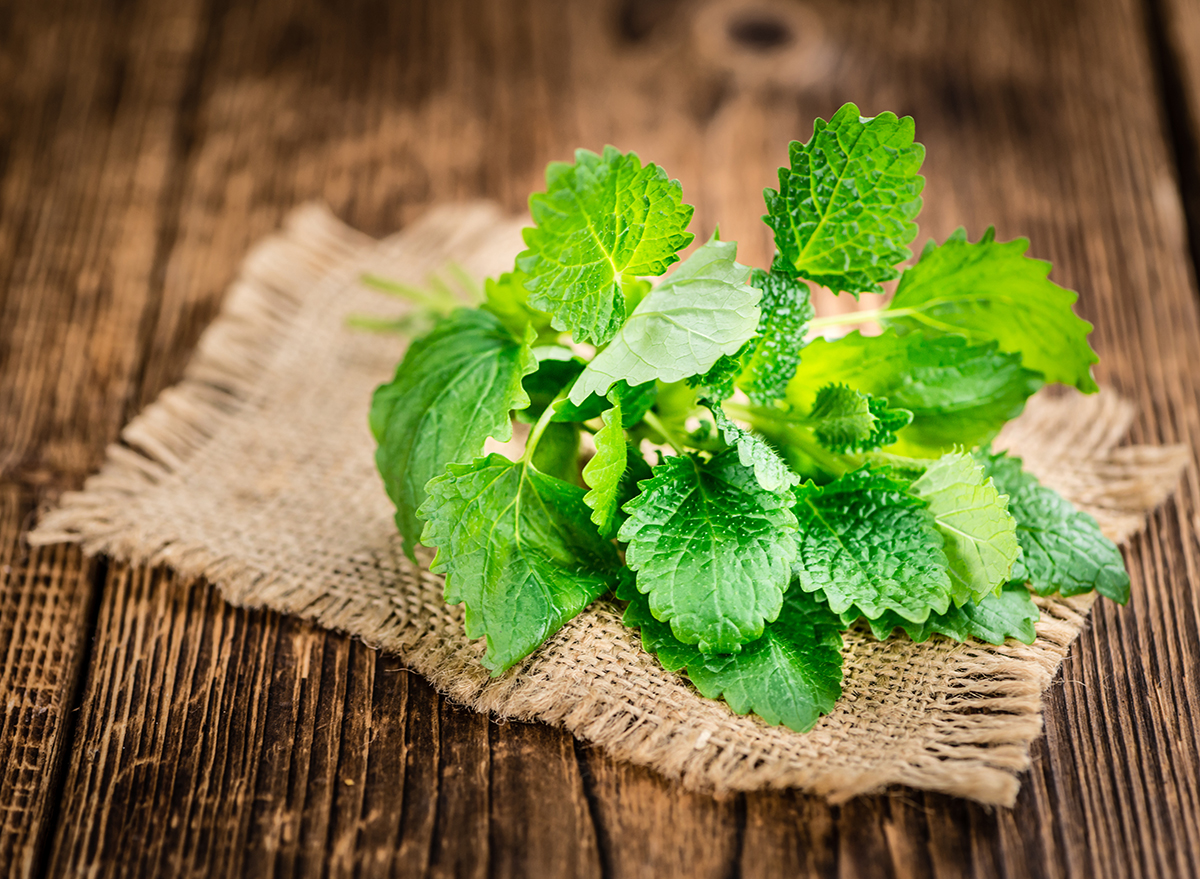
Lemon balm is often considered a curative herb and is used in various tonics and teas. Its essential oil can also be extracted. One of the easiest herbs to grow, lemon balm starts with packaged seeds, or you can pick up new seedlings from your local garden center. Like its cousin, mint, lemon balm spreads rapidly, making it perfect for potting.
Water lemon balm regularly, but don’t let the soil get too moist. Lemon balm needs direct sunlight in order to thrive, so make sure it’s part of your indoor herb garden sitting on a bright window sill.
Rosemary
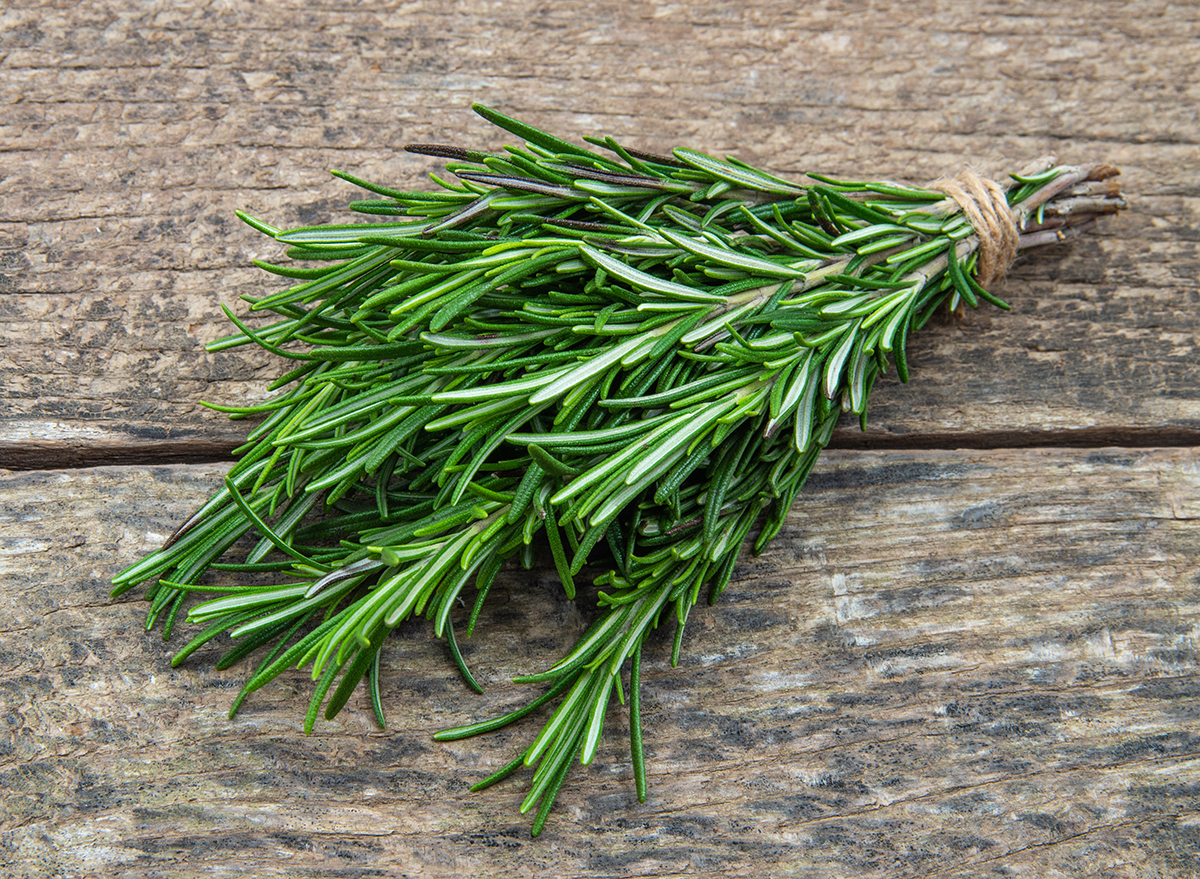
This fragrant herb can be tricky to grow indoors because it requires full sun. However, for those ambitious gardeners, slowly acclimating a rosemary plant to a reduced sun schedule can help your herb stay strong through the long winter months. Several weeks before bringing your plant indoors, gradually move the rosemary to shadier areas of your yard, preparing it for the reduced indoor lighting. Because rosemary likes to extract moisture from the air, you’ll only need to water this herb once every two weeks.
Cilantro
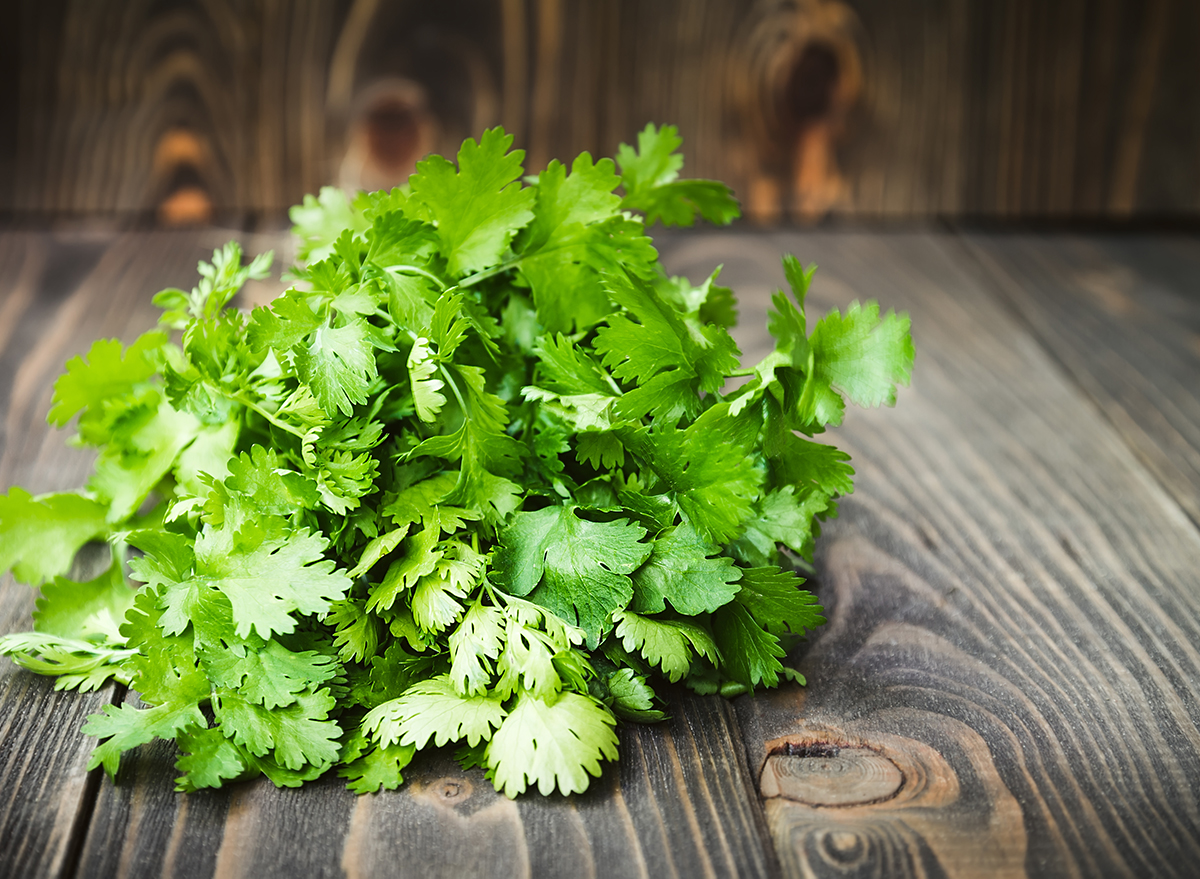
A brightly colored and flavorful addition to food, cilantro is key to crafting delicious homemade salsa and guacamole. However, cilantro is short-lived by nature, so many gardeners recommend staggering seedlings with two or three-week intervals to keep a full-time supply. When growing indoors, it’s best to use an unglazed terra-cotta pot and spacing plants three to four inches apart. Water the cilantro only when the soil is dry, and make sure it gets good sunlight every day.
Thyme
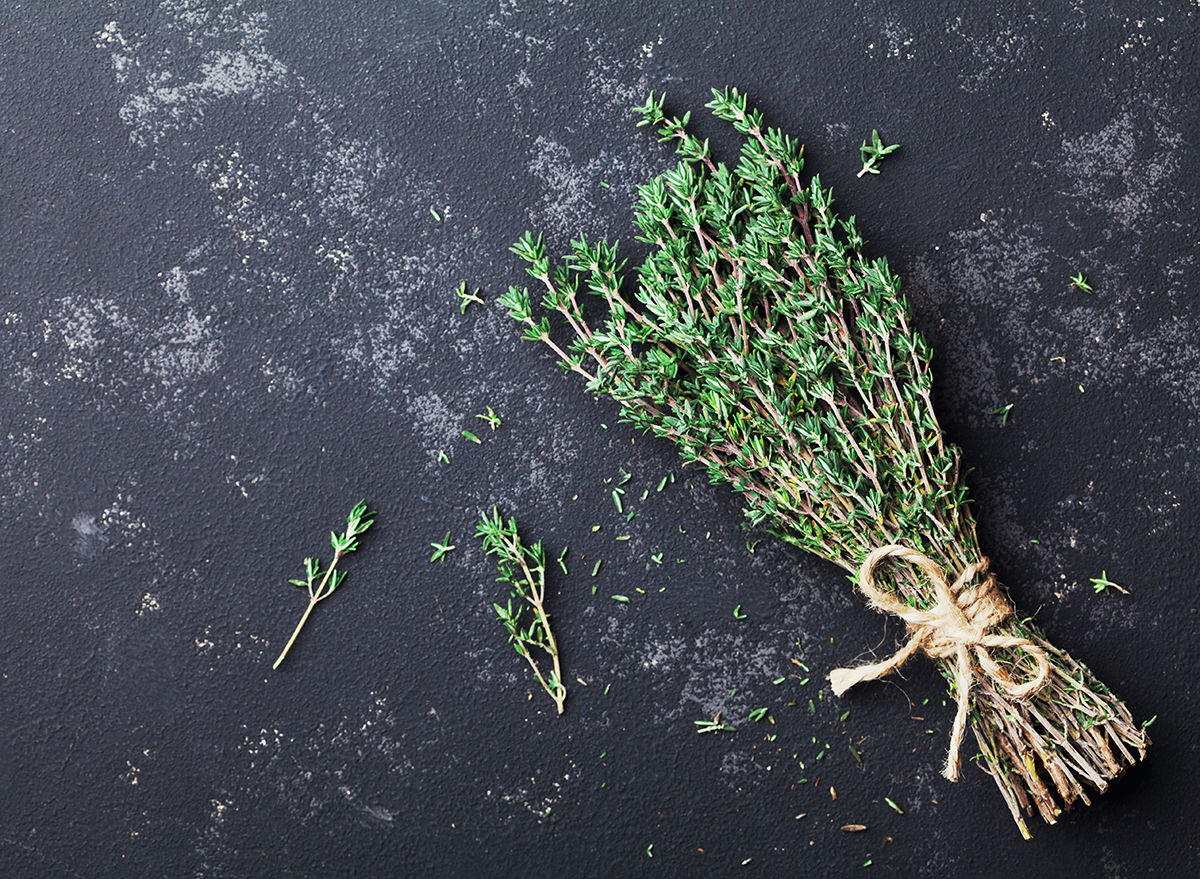
One of the most adaptable herbs, thyme can be grown in pots as small as four to six inches. Much like rosemary and sage, thyme can be grown from the clippings of an established outdoor plant. While thyme prefers all sun, it can flourish in either an east- or west-facing window. Pro tip: Plant thyme in a clay pot to allow the herb to dry out between waterings and prevent soggy root conditions.
Chives
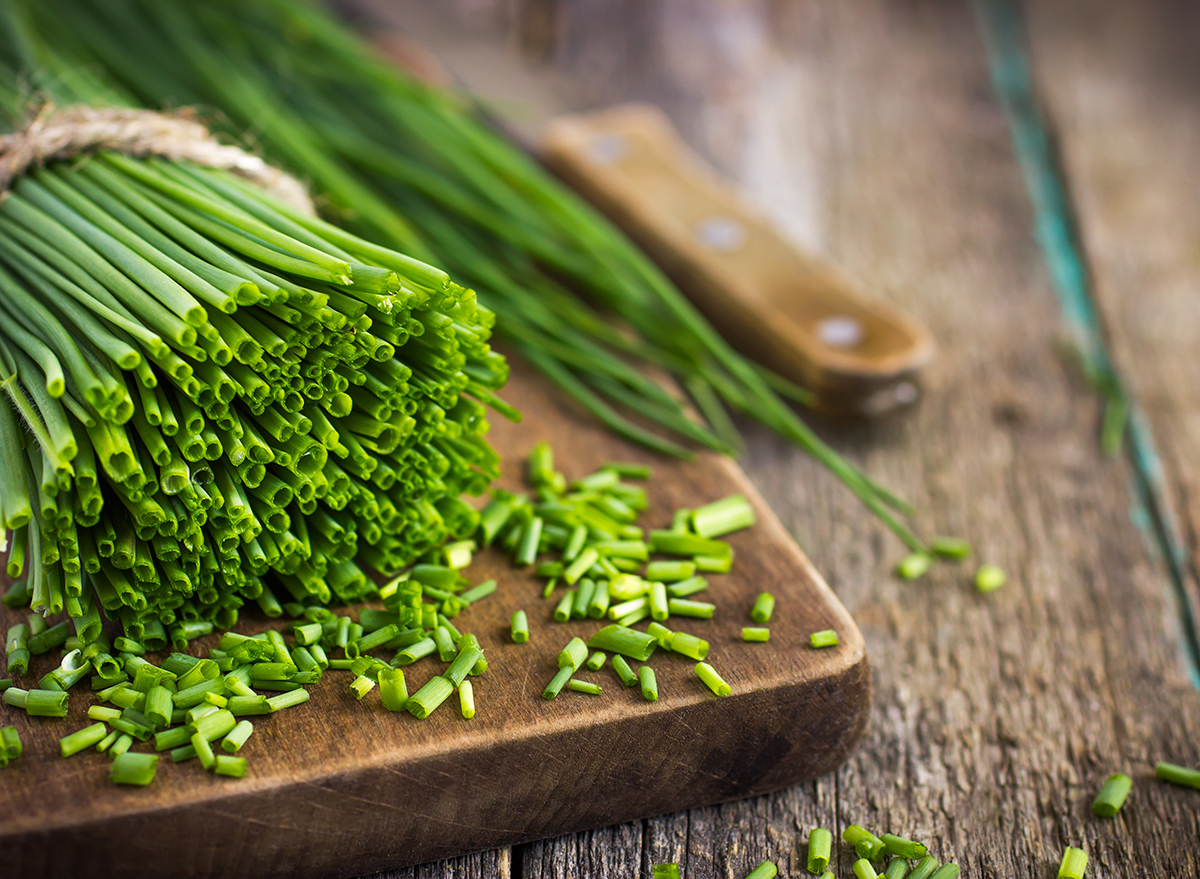
Bring a pop of color to your indoor herb garden each spring with chives’ gorgeous white and purple flowers. Tasting subtly of onion, chives are very versatile in cooking and can add flavor to more basic dishes. “Your Chives will grow best in full sun, but will be happy indoors on a sunny windowsill, too. Your Chives will do best in temperatures between 60-90 degrees but they are cold-hardy,” recommend Plant Mom. Once grown, harvest the herb at its base making sure to not cut out more than a third of the plant at one time.
Parsley
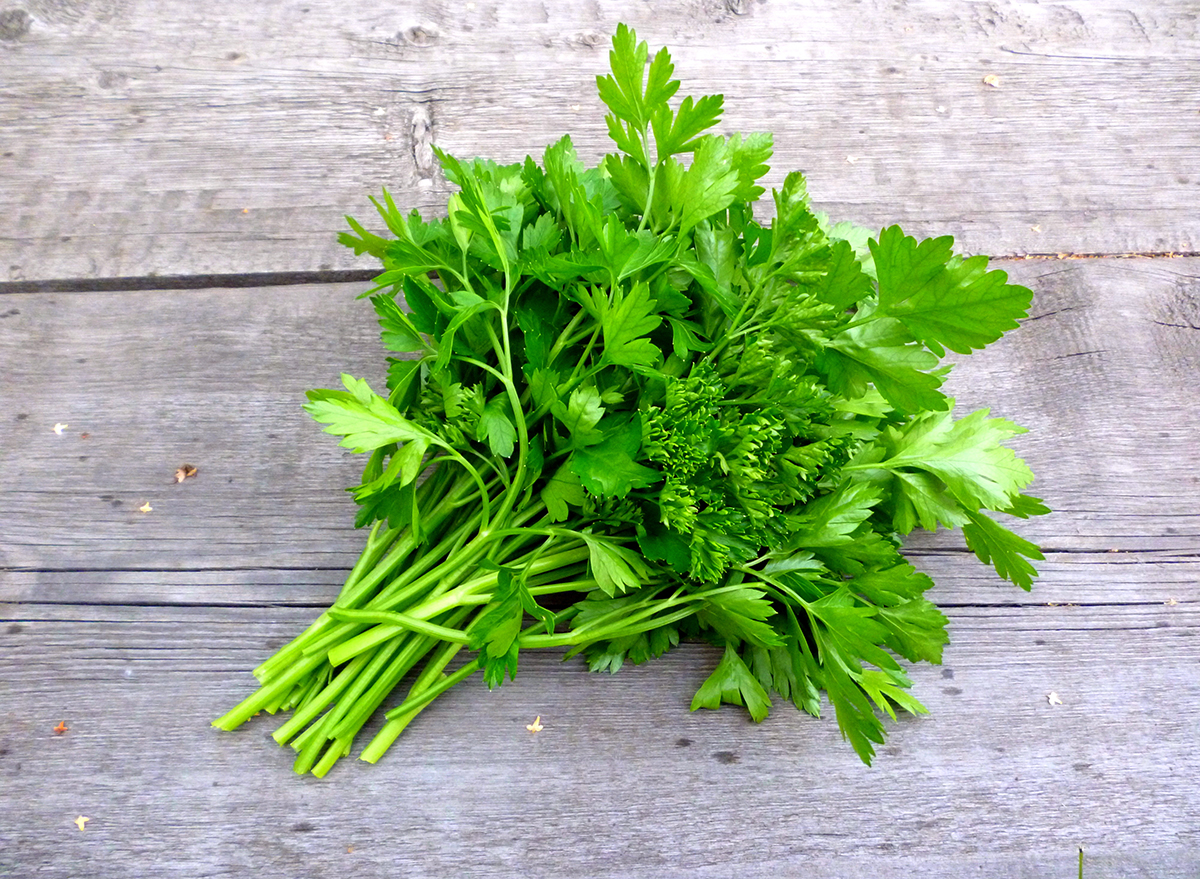
A versatile “workhorse” plant, parsley can be used fresh or dried and as an edible or ornamental element in cooking. Parsley can be grown from seed or from clippings from an outdoor plant at the end of the season. If you choose to use seeds, soak them in warm water to crack their coat before planting. While parsley likes full sun, it will grow slowly in an east- or west-facing window. You don’t want the roots to sit in water, so you’ll only need to water parsley about once a week.
Bay Leaf
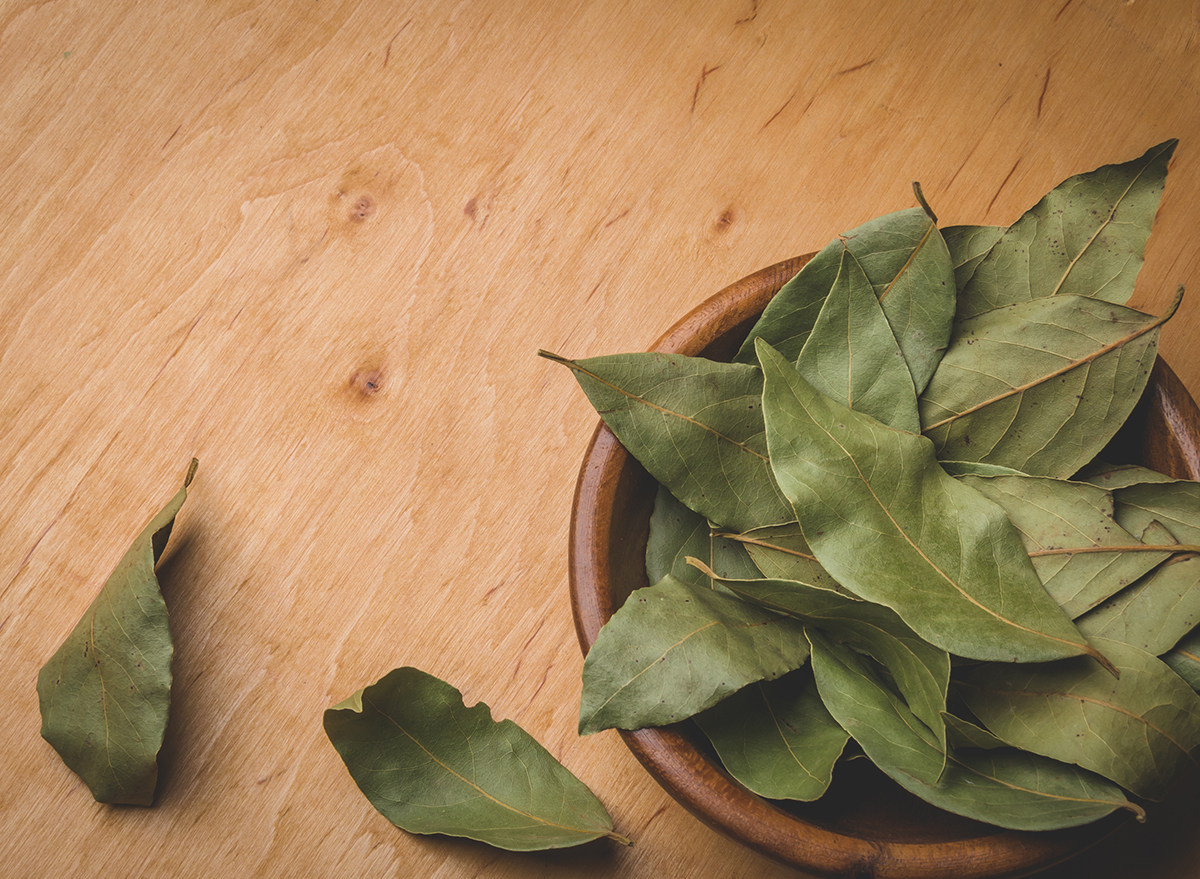
Native to the Mediterranean region, bay leaf plants add rich flavor to soups, stews, and sauces. Also known as bay laurel, bay leaf plants are slowly growing trees that can get quite large if left unpruned. This herb grows densely and only needs occasional watering (only when the soil dries out). Start off with a bay leaf plant from a local nursery, usually sold in three to four-inch pots. Transplant it to a larger pot—12 inches wide or bigger—for optimal growth.
Oregano
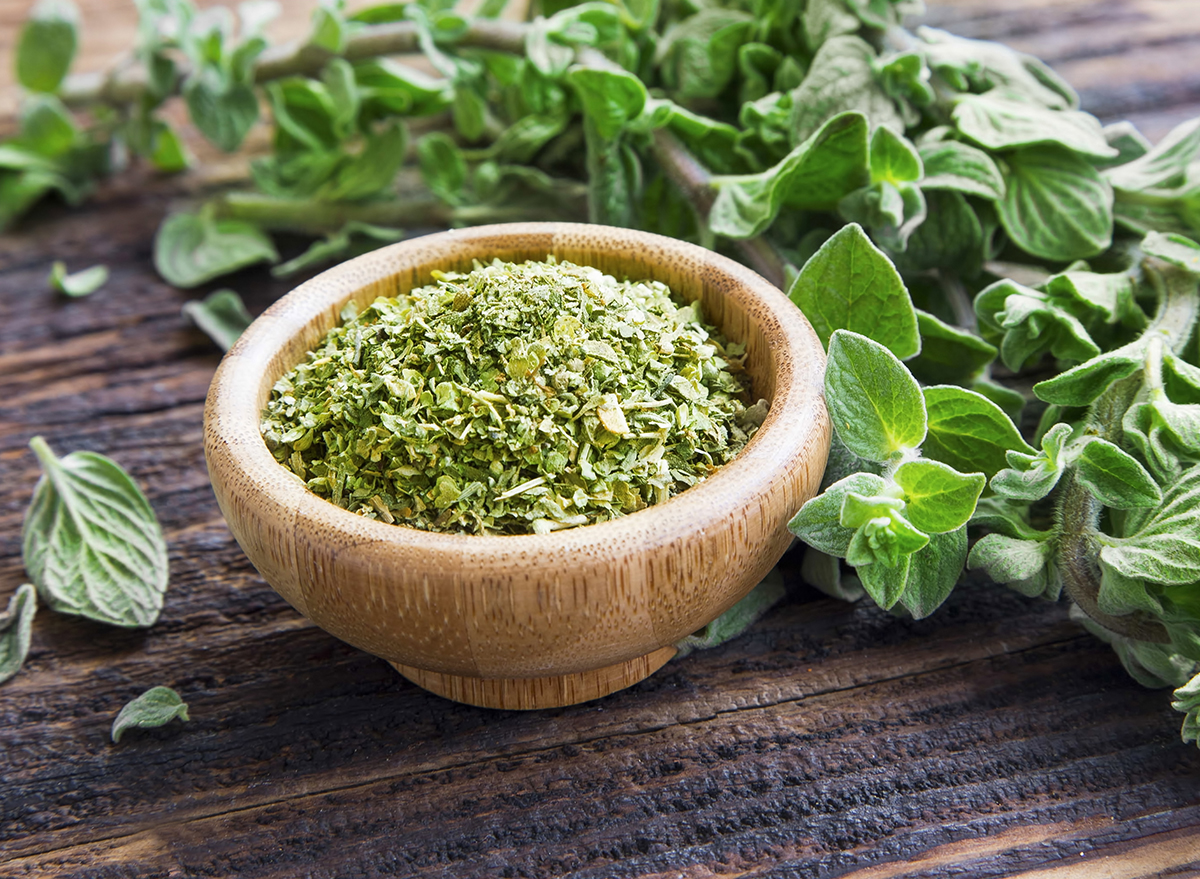
Oregano is an excellent herb for beginning gardeners as it’s both hardy and drought-tolerant. At the end of summer, grab a few clippings from an established plant and root out in a cup of water. Once planted in soil, you should only water it when the soil dries out. Fresh oregano offers a milder taste than dried and is best added at the end of cooking to retain its flavor.
Fennel
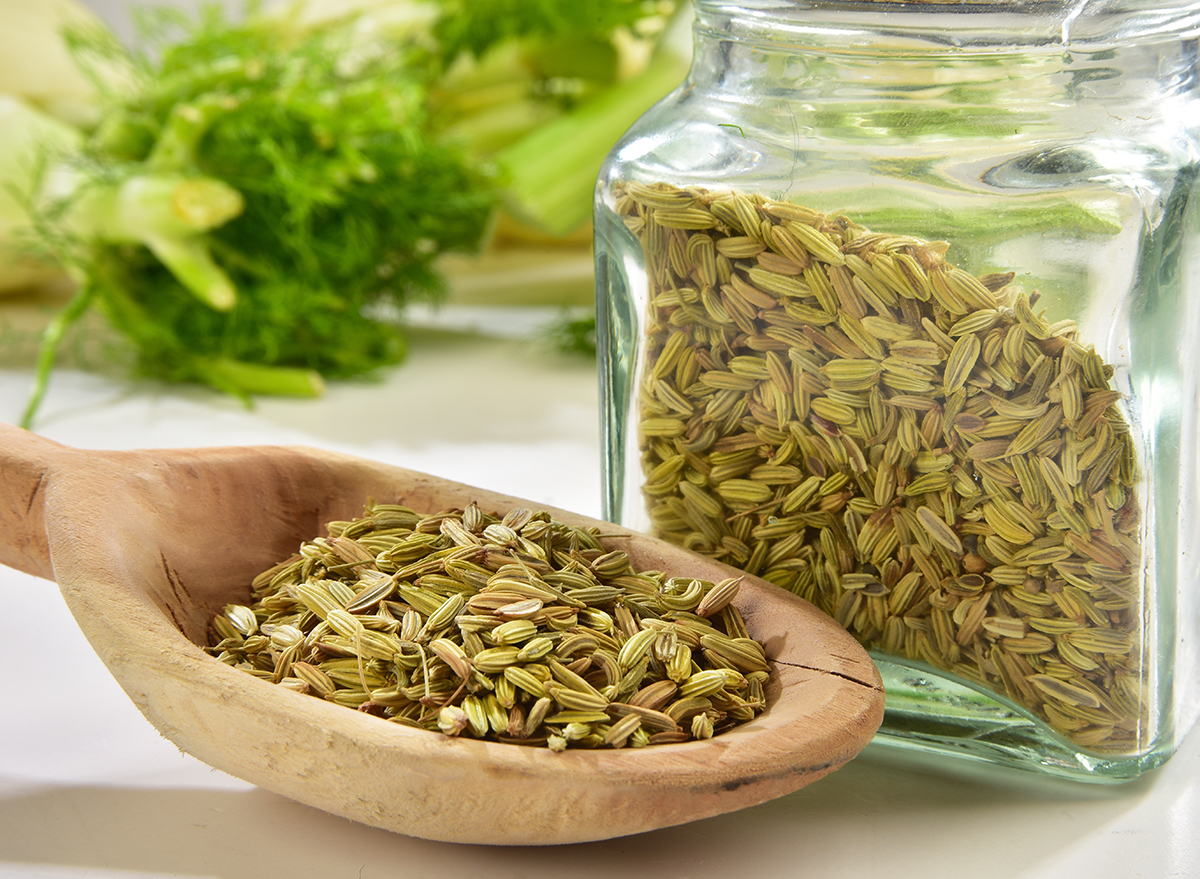
Similar in appearance to the dill plant, fennel is commonly used as a garnish for fish or salads. Fennel is most often grown outdoors, but with a large enough pot—fennel produces a long taproot that requires plenty of depth—and good sunlight, fennel can be a welcome addition to your indoor herb garden. Water regularly—fennel should have consistently moist soil. Harvest the bulb before it bolts for the best flavor.
